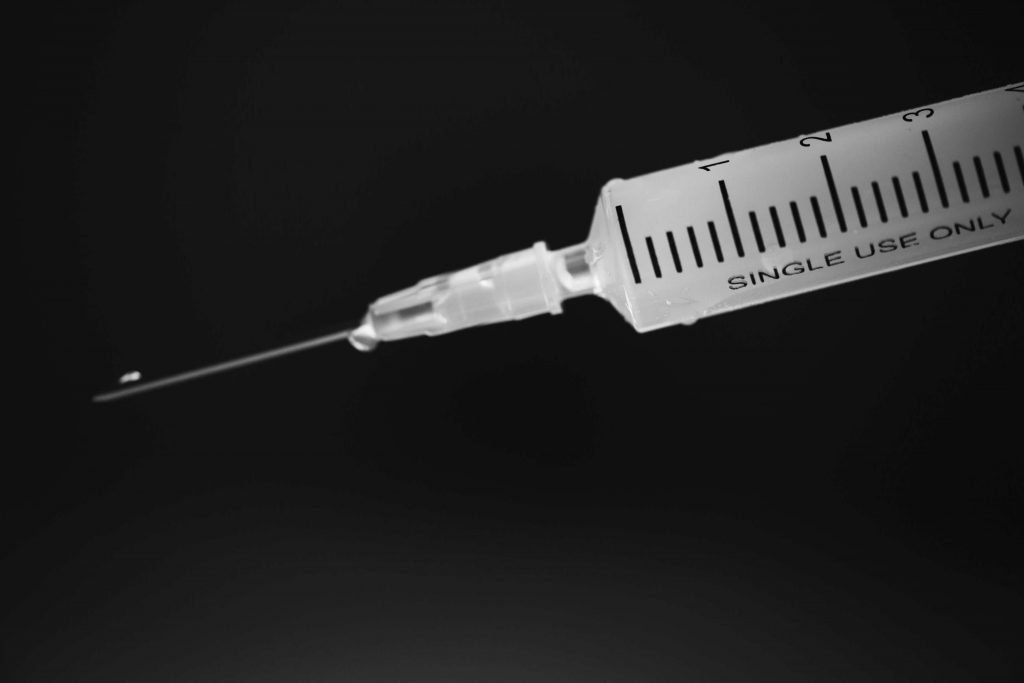Understanding the Risks & Dangers of Ketamine Abuse
Ketamine is a powerful dissociative drug that has been used for medical and recreational purposes for decades. While it is not as well-known as other drugs like cocaine or heroin, Ketamine's availability has increased in the recent past.
Ketamine abuse is most common among young adults, who are often drawn to the drug's ability to produce an out-of-body experience. Because Ketamine is legal in the United States and can easily be accessed in local veterinary clinics, it has become a popular drug of choice at clubs and parties.
It is also one of the most common date rape drugs. When used in this way, it can cause memory loss and make it difficult for a person to resist sexual assault. Ketamine is also sometimes used to spike drinks.

What Does Ketamine Do?
Ketamine is a Schedule III drug under the Controlled Substances Act, meaning it has an accepted medical use but also a high potential for abuse and dependence. Ketamine is most commonly used as an anesthetic in veterinary medicine but has some limited uses in human medicine.
Ketamine is a safe and effective medication with few side effects when used as directed. However, Ketamine can be abused for its hallucinogenic and dissociative effects. Ketamine can cause serious health problems, including respiratory depression, cardiovascular collapse, and kidney damage when misused.
Ketamine abuse can also lead to addiction and mental health problems such as anxiety and paranoia. Because of the risks associated with ketamine abuse, the drug should only be used as directed by a medical professional.
Ketamine Use
There are a variety of ways that Ketamine can be administered. It can be insufflated, injected, consumed orally, or smoked.
- Injection is popular among abusers as it produces a more intense high. However, it has risks, including abscesses, ulcers, and vein damage.
- Ketamine is sometimes consumed orally, though this method is less common as it is often difficult to measure the dose accurately.
- The drug can be smoked alone or in combination with marijuana or tobacco. Smoking ketamine generally produces a more mellow high than other methods of administration.
- In social situations, Ketamine is insufflated or snorted up the nose.
Ketamine is also frequently abused with other substances, such as cocaine, MDMA, or amphetamines. This can lead to addiction to these other substances and, worst cases, overdose deaths.
Ketamine Abuse and Addiction
People abuse Ketamine for its dissociative anesthetic effect. Dissociative drugs distort sounds, self, colors, sights, and environment, making people feel out of touch with reality. That's why Ketamine is used as a party or club drug.
Abusing Ketamine for long periods of time can cause addiction. Ketamine addiction happens because the drug binds to the NMDA receptor in the brain and creates changes that lead to compulsive drug-seeking behavior. NMDA receptor helps to regulate pain perception, emotions, and memory.

People addicted to Ketamine may feel like they need the drug to function normally. They may keep using Ketamine even though it is causing problems in their lives.
Symptoms of ketamine addiction include:
- Increasing the amount of use
- Becoming obsessed with the next hit
- Spending excessive amounts of money on the drug
- Failing to keep up with responsibilities such as school and work
- Developing tolerance and needing more and more to feel a high
- Neglecting friends and family
- Withdrawal symptoms when trying to quit using the drug
- Cravings for Ketamine
- Continued use despite negative consequences.
The Dangers of Ketamine Abuse
Ketamine is a powerful anesthetic that is often abused for its hallucinogenic effects. However, ketamine abuse comes with a range of short- and long-term dangers.
Short-term dangers include:
- Impaired motor function
- Slurred speech
- Dizziness
- Respiratory depression can lead to death.
Long-term dangers of ketamine abuse include:
- Urinary tract issues like urge incontinence, irritation, and eventually decreased bladder compliance and volume.
- Cognitive impairment and memory problems
- Regular abuse can permanently damage the liver, kidneys, and brain.
- In addition, ketamine users are at an increased risk for developing psychiatric disorders such as depression and anxiety. Therefore, it is important to be aware of the potential long-term harms of ketamine abuse before using this drug.
In addition, chronic ketamine abuse can lead to "K-holes," a dissociative state in which users feel detached from their bodies and reality. K-holes can be extremely dangerous and have been known to lead to suicide.

Here's a quick look at the side effects of Ketamine abuse:
| Body system | High dose | Low- to-moderate dose |
| Cardiovascular | dangerous changes in blood pressure, heart rate, chest pain | High blood pressure, depressed or elevated heart rate,chest pain and low blood pressure (rare) |
| Respiratory | Respiratory depression (when taken rapidly or with CNS depressants or alcohol) | An increase in breathing rate |
| Renal | Kidney toxicity (with chronic abuse). | Kidney toxicity (with chronic abuse). |
| Gastrointestinal | Nausea and vomiting | Nausea and vomiting |
| Central Nervous System (CNS) | Amnesia, delirium, panic, coma, elevated body temperature, fear, violent behavior, hallucinations or terrors (k-hole effect), seizures. | Agitation, time, shape, body image and sound alterations, confusion, numbness, dizziness, lethargy, detached feelings, drowsiness, flashbacks, hallucinations, loss of coordination, sedation. |
| Others | Exaggerated strength, severe anxiety, panic, fear, anxiety, respiratory depression, and aggression, muscle rigidity, death from overdose (especially if combined with alcohol, other CNS depressants). | Rapid eye movement, salivation (IV use), dilated pupils, tears, spasm of the larynx (rare). |
Treatment for Ketamine Abuse
Ketamine is a dissociative anesthetic that is abused for its hallucinogenic effects. It can cause dissociation, hallucinations, impaired motor function, and addiction when used recreationally. While there is no specific treatment for ketamine abuse, several effective approaches can be used to address the problem.
Cognitive Behavioral Therapy, for example, can help people change their drug use patterns and develop healthy coping mechanisms. In addition, medication can be used to manage the symptoms of ketamine withdrawal and help prevent relapse. With proper treatment, it is possible to overcome ketamine abuse and lead a healthy and productive life.
Get Help Today
Ketamine abuse is a serious problem that can have devastating consequences. If you or someone you know is struggling with Ketamine or other substance abuse, please seek help immediately. Many resources are available to help you get started, and we urge you to take advantage of them.




